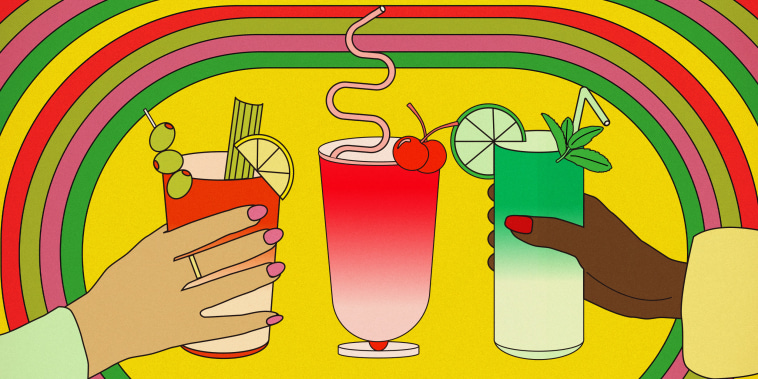
Feeling the Pinch: The Surprising Cost of Mocktails in the Rising Trend of ‘Dry January’
[Body]:
By now, you’ve probably heard of Dry January, a health and wellness trend that sees people voluntarily giving up alcohol for the first month of the year. This growing trend has seen a corresponding increase in demand for alcohol-free alternatives like mocktails—cocktails without alcohol. But, as the mocktail market grows, so too has a trend that’s catching many consumers off-guard: the unexpectedly high price of these alcohol-free drinks.
Alcohol has always been seen as a luxury item, its price often high due to taxes and the process of production. The sudden rise of mocktails, however, has prompted the introduction of premium non-alcoholic alternatives that command prices similar to their alcoholic counterparts. This sticker shock for mocktails has led many consumers to question why they have to pay the same price, or sometimes more, for a beverage that doesn’t contain any alcohol.
One of the main contributors to the high prices is the unique ingredients that many of these alcohol-free alternatives require. Creating a flavorful, satisfying drink without alcohol is an art. It often involves using exotic fruits, handcrafted syrups, or fresh herbs and spices. These ingredients are not only difficult to source, but they also require skilled bartenders to combine them into a tasty, harmonious blend.
Moreover, the process of creating alcohol-free spirits is a complex and lengthy one. It involves distillation and infusion processes similar to creating traditional spirits—with the added challenge of maintaining flavor while removing the alcohol. Hence, the high cost of labor, time, and technology required to craft these “spirits” contributes to the elevated prices.
It’s not all about the ingredients, either. The cost of doing business inflates the prices even more. Rent, permits, employee wages, business fees, taxes — all these will be considered when setting the price. Even though there’s no alcohol in the drink, the establishment’s overhead costs remain the same.
Presentation also comes into play. Many mocktails are just as elaborately garnished and presented as traditional cocktails. The aesthetic element can add perceived value to the beverage, influencing the price of these non-alcoholic creations.
Some experts argue that the high price of mocktails might also be a reflection of the premium status that abstaining from alcohol has developed. As ‘Dry January’ becomes a yearly ritual for more people, public attitudes toward alcohol-free living are changing, and alcohol-free options are seen less as alternatives and more as valuable offerings in their own right.
All these factors contribute to the reason one might get sticker shock at the price of a mocktail. So, while it might initially seem peculiar to match premium prices for a drink without alcohol, understanding the effort required to make them flavorful and appealing, the costing factors, and the shifting mindsets around non-alcoholic drinks, it becomes clear as to why mocktails are not the cheap option many assume them to be.
Despite the higher price point, the trend of ‘Dry January’ and mocktails doesn’t look to be waning anytime soon as people increasingly value health, wellness and balance.
